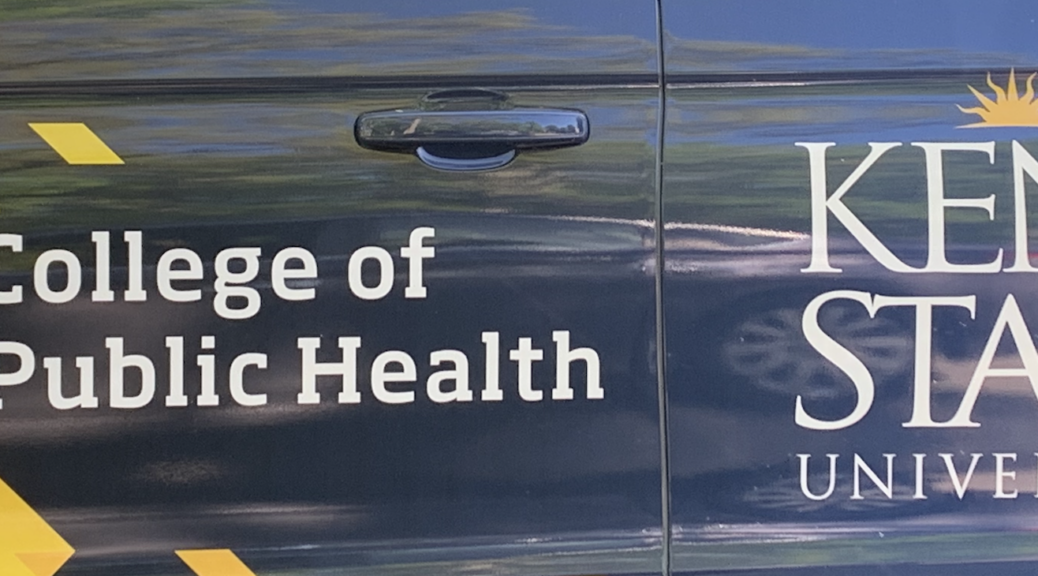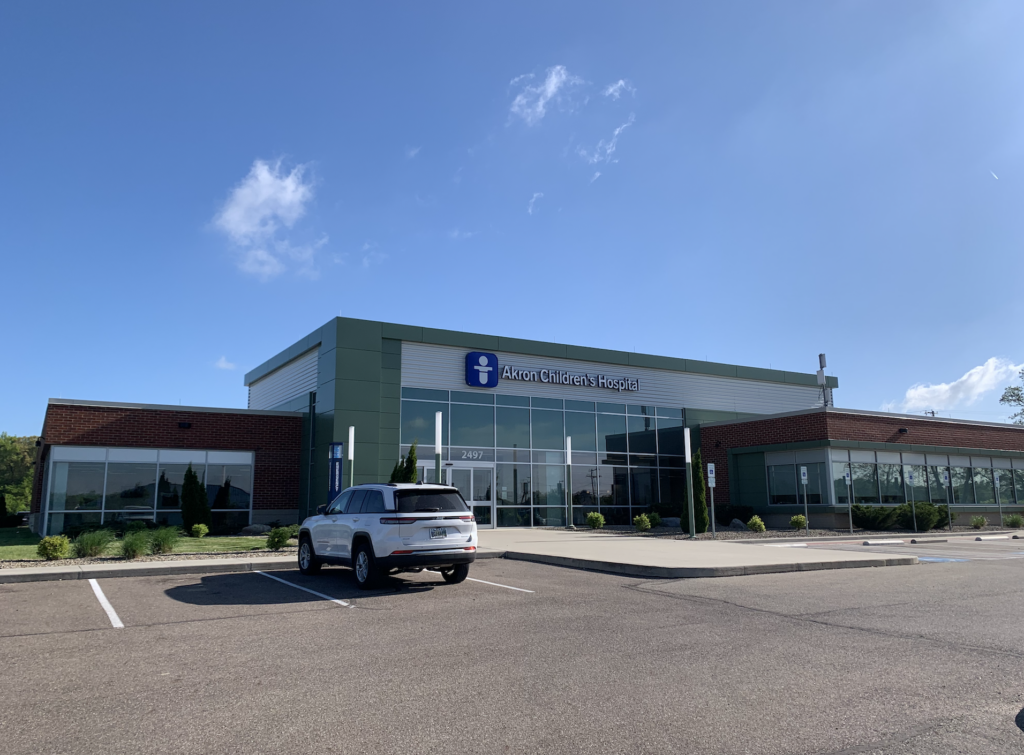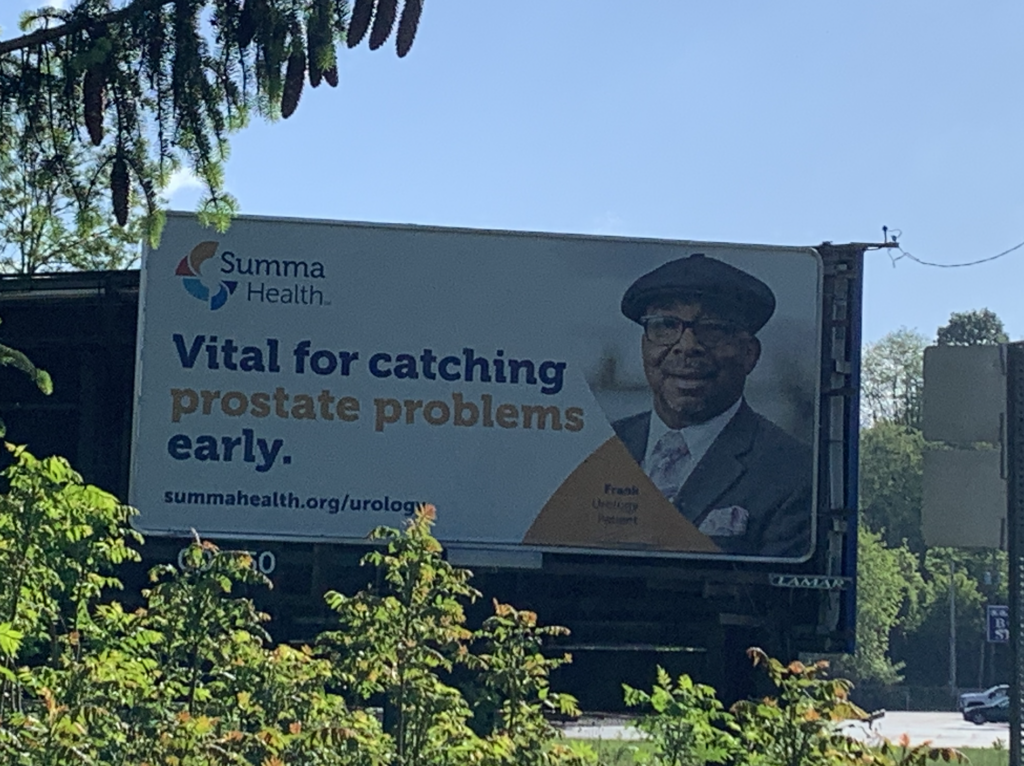
BLACK AMERICANS MORE LIKELY TO DIE FROM CANCER DUE TO HEALTHCARE DISPARITIES
It’s no secret that cancer is one of the top causes of death in the United States. It’s the second leading killer according to the Centers for Disease Control. However, what many don’t know is that African Americans are more likely to die when diagnosed with cancer versus any other race.
Additionally, black women are even more likely to die from cancer when compared to the death rates of black men.
Experts say These deaths are due to barriers that are in place tor cancer prevention, early detection and treatment for Black individuals.
As a result, Black Americans have the shortest survival rate and the highest death rate when diagnosed with most cancers.
Data provided by the CDC highlights the top rates of cancer deaths in the United States in 2020, the most recent data collected and available. Lung and bronchus cancer causes the most deaths. Female breast cancer is the second leading cause of cancer deaths, followed closely by prostate cancer.
Lung cancer occurs in the lungs when cells overproduce and cause mutations that can turn into cancerous tumors. Smoking increases one’s risk of contracting cancer in the lungs. The Cleveland Clinic recommends individuals to get checked for lung cancer if they experience shortness of breath, trouble breathing, a loss of appetite, unexplained fatigue, a cough that won’t go away and/or chest pain.
Female breast cancer also occurs at the hands of cells multiplying and turning into tumors, but in the breasts. People assigned female at birth are affected by breast cancer. Typically, women over 50 are most likely to be diagnosed with breast cancer, but it can occur at any age. The Cleveland Clinic recommends individuals to get checked for breast cancer if they experience a change in size or shape in their breast(s), discover a mass in their breast or have abnormal fluid discharge coming from their nipple(s) (generally blood-like or clear).

Prostate cancer occurs in the same way as the last two, just in the prostate. The Cleveland Clinic recommends anyone to get checked for prostate cancer if they have an urge to urinate frequently, have an abnormal urine flow and/or experience a lack of bladder or bowel control.
Because studies show that Black men and women in America are less likely to be diagnosed early when it comes to cancer, their mortality rates are higher in terms of cancer related deaths.
When any form of cancer is not diagnosed early, it is likely to spread. When cancer spreads, it is harder to treat and leads to higher rates of death.
When examining data surrounding the rate of early diagnosis, the lack of treatment and the survival rate of lung cancer in particular, it further proves that African Americans are underserved. African Americans in the US are 6% more likely to not be diagnosed early, 2% more likely to not be treated and 4% more likely to not survive lung cancer when compared to White people.
Myca McCoy, a mixed-race student at Kent State, lost her father to Prostate cancer last year.
“It was incredibly hard for my family,” McCoy said. “No one had any idea that he had cancer.”
“It just wasn’t something we did growing up,” McCoy said. “We really only went to the ER.”
Like many families in America, the McCoy family did not have a general practitioner.
James McCoy, Myca’s father, was diagnosed with stage two prostate cancer in 2022. He passed away less than a year later in 2023.
Melanie Richard, a black student at Kent State, is currently helping her mother through chemo.
Richard’s mother, Diane Stevenson, was diagnosed with stage two breast cancer.
“It runs in my family,” Stevenson said. “My mom died from it. My sister died from it, and my aunt was diagnosed six months ago.”
What separates Stevenson from her mother and sister was her early diagnosis. Both family members, when diagnosed, were diagnosed with rapidly spreading breast cancer.
“My grandma was so afraid of the hospital and my Aunt Michelle just never went,” Richard said.
Research shows that early detection of any form of cancer is imperative to help foster the best outcome.
Dr. Jon VanGeese is a Professor at Kent State that teaches Health Policy and Management in the Public Health Department.

Dr. VanGeese researches disparities in healthcare and potential care outcomes associated with structural changes in medicine.
“The research speaks for itself,” Dr. VanGeese said. “We know we have to make changes to the healthcare system in order to work towards better outcomes for patients.”
“We need to make sure everyone entering the medical field has an understanding of what disparities in healthcare are. It is also important to understand why it can be so harmful,” Dr. VanGeese said.
Dr. VanGeese believes that by teaching students about healthcare disparities and barriers, he is taking part in making some of those changes.

Today, the American Medical Association (AMA) is working to broaden healthcare professionals’ understanding of healthcare disparities.
After reviewing research, AMA found that racial minorities often fall victim to lower quality health care.
To aid in closing the healthcare gap, AMA is partnering with the AMA foundation to provide physicians with public health grants.
AMA has also put new policies in place that align with the research findings.